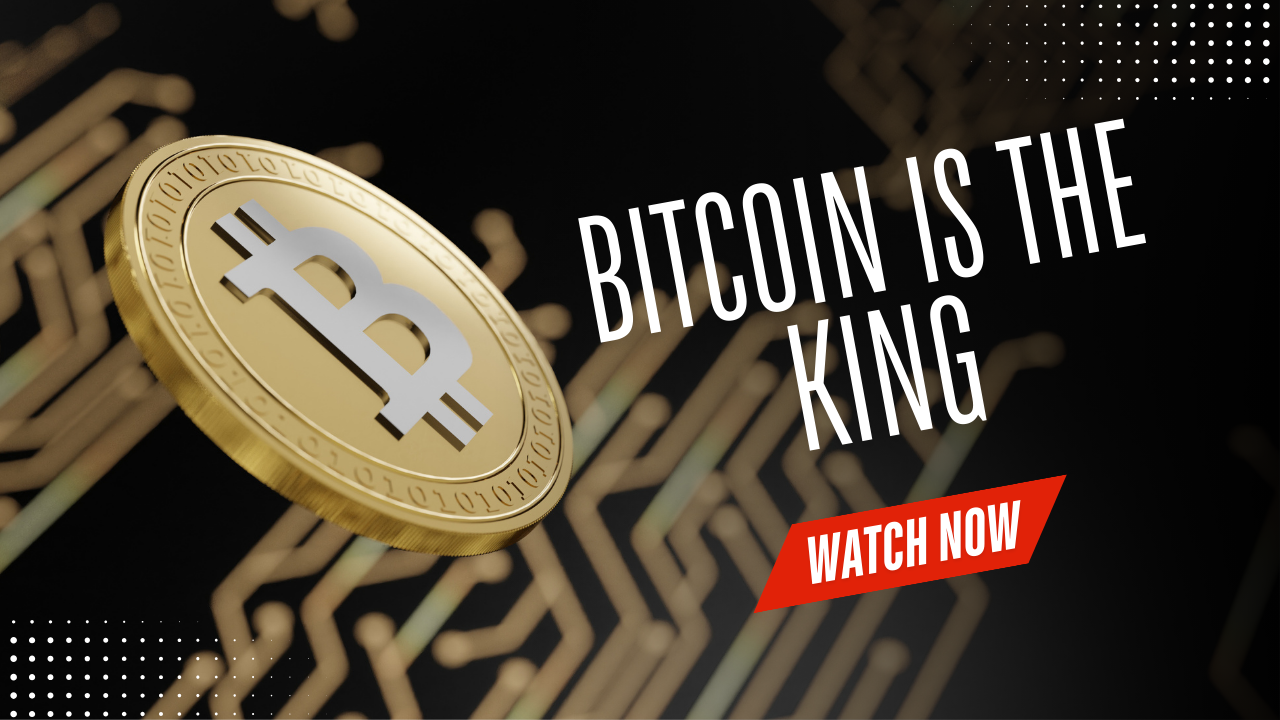.png)

1.2. How Bitcoin Mining Works
Bitcoin mining relies on blockchain technology – a distributed, immutable ledger that records all Bitcoin transactions. The blockchain consists of blocks, each containing a batch of verified transactions.
Miners play a crucial role in this ecosystem by:
Collecting unconfirmed transactions from the network
Validating their legitimacy
Organizing them into blocks
Competing to solve a cryptographic puzzle through a process called "hashing"
This competition implements a consensus mechanism called "Proof of Work" (PoW), where miners repeatedly generate hashes (fixed-length strings of characters) until they find one that meets specific criteria. The first miner to find a valid solution broadcasts their block to the network for verification, and if confirmed, the block is added to the blockchain, and the miner receives the block reward.
1.3. Potential Benefits of Bitcoin Mining
Mining Bitcoin offers several potential benefits:
Earning Bitcoin as a reward: Successful miners receive newly created bitcoins plus transaction fees. While the block reward halves approximately every four years (currently at 6.25 BTC per block), the value of these rewards can be substantial.
Contributing to network security: Miners collectively secure the Bitcoin network against attacks and fraudulent transactions. The more decentralized the mining community, the more secure the network becomes.
Passive income generation: Once set up, mining operations can generate income with minimal ongoing intervention, creating a form of passive income – though this comes with several caveats we'll discuss later.

2. Understanding the Costs Involved
2.1. Overview of Mining Expenses
Traditional Bitcoin mining involves significant costs:
Hardware costs: Specialized ASIC (Application-Specific Integrated Circuit) miners can cost thousands of dollars. These purpose-built machines are designed specifically for mining cryptocurrency and offer far greater efficiency than consumer hardware.
Electricity and operational costs: Mining consumes substantial electricity. Depending on your location, power costs can quickly exceed mining rewards, especially in regions with high electricity rates.
Maintenance and cooling costs: Mining hardware generates significant heat and requires proper cooling systems to prevent overheating and hardware failure, adding to the operational costs.
2.2. Free Alternatives to Traditional Mining
While traditional mining requires substantial investment, several alternatives may allow you to start with minimal or no initial outlay:
Cloud mining options: Some platforms offer free introductory packages or minimal-investment options to start cloud mining. These services allow you to rent mining power without purchasing hardware.
Mining pools and shared resources: By joining mining pools, individual miners combine their computing power and share rewards proportionally. This approach allows even modest hardware to contribute meaningfully to the mining process.
Utilizing existing hardware: Though far less efficient than dedicated mining equipment, you can repurpose existing computers, gaming systems, or other hardware for small-scale mining.
2.3. Assessing Profitability
Before starting any mining activity, even "free" options, consider these profitability factors:
Calculating potential earnings vs. costs: Use mining calculators available online to estimate potential returns based on your hardware specifications and electricity costs. Remember that "free" mining using personal computers still incurs electricity costs and hardware wear.
Factors affecting Bitcoin prices: Bitcoin's volatile price significantly impacts mining profitability. A profitable operation today might become unprofitable if prices drop substantially.
Risk management: Consider the long-term outlook, including upcoming halvings (which reduce mining rewards), increasing network difficulty, and potential regulatory changes that could affect mining viability.
3. Setting Up for Mining Without Spending
3.1. Free Mining Software Options
Several free mining software options are available:
Popular free mining software:
NiceHash: User-friendly option that automatically switches to the most profitable algorithm
CGMiner: Open-source software with extensive features and compatibility
BFGMiner: Modular FPGA/ASIC miner with dynamic clocking and monitoring
Step-by-step installation guide:
Research and select software compatible with your hardware
Download from the official website (beware of malicious clones)
Disable antivirus temporarily (mining software is often flagged incorrectly)
Run the installer and follow the prompts
Create a wallet if you don't already have one
Configure the software with your wallet address and pool information
Optimizing performance:
Adjust settings based on your specific hardware capabilities
Balance between maximum hashrate and system stability
Monitor temperatures to prevent hardware damage
3.2. Leveraging Existing Hardware
Using personal computers:
CPU mining: Possible but extremely inefficient for Bitcoin
GPU mining: More efficient than CPU but still challenging for Bitcoin (better suited for alternative cryptocurrencies)
Undervolting techniques to reduce power consumption
Running during off-peak hours when electricity might be cheaper
Mobile mining:
Several apps claim to offer Bitcoin mining on smartphones and tablets
Extremely limited returns and high battery wear
Often more promotional than practical
Low-power alternatives:
Raspberry Pi and similar devices can serve as controllers for USB mining devices
Solo mining with these devices is rarely profitable for Bitcoin specifically
Can be educational and serve as an entry point to understand mining concepts
3.3. Joining Mining Pools
Mining pool concept: Mining pools combine the computational resources of multiple miners, allowing them to find blocks more consistently and share the rewards proportionally to each member's contribution.
Benefits for free mining:
More consistent (though smaller) payouts
Lower barrier to entry
Opportunity to learn from community members
Choosing the right pool:
Consider fee structures (typically 1-3% of rewards)
Payout methods (PPS, PPLNS, etc.)
Minimum payout thresholds
Server locations (closer servers reduce latency)
Community support and reputation

4. Legal and Environmental Considerations
4.1. Understanding the Legal Landscape
Regulatory environment: Bitcoin mining legality varies significantly by country. While legal in
many nations, some have imposed restrictions or outright bans. Research your local regulations
before beginning.
Jurisdictional risks:
● Tax implications (mining rewards are typically taxable income)
● Energy usage restrictions in certain areas
● Noise ordinances that might affect home mining operations
Responsible practices:
● Register your mining operation as a business if operating at scale
● Maintain records for tax purposes
● Comply with local regulations regarding electrical modifications
4.2. Environmental Impact of Mining
Energy debate: Bitcoin mining's energy consumption has faced criticism. The Bitcoin network
consumes more electricity than some small countries, raising environmental concerns.
Eco-friendly alternatives:
● Mining with renewable energy sources
● Utilizing waste heat for home heating
● Participating in carbon-offset mining pools
Sustainability perspective: The cryptocurrency community increasingly recognizes the need
for more sustainable practices, with ongoing efforts to reduce the environmental footprint of
mining operations.
4.3. Staying safe and secure
Data protection:
● Use secure, unique passwords for mining accounts
● Enable two-factor authentication when available
● Consider a dedicated computer for mining to isolate potential security risks
Avoiding scams:
● Research any platform thoroughly before joining
● Be skeptical of guaranteed returns or free mining promises
● Verify the legitimacy of mining pools and software
Securing earnings:
● Transfer mining rewards to a secure wallet regularly
● Consider hardware wallets for significant amounts
● Back up wallet information using secure methods
5. Next Steps and Ongoing Learning
5.1. Continuing Education on Bitcoin and Mining
Online resources:
● Bitcoin.org and Bitcoin Wiki
● Mining-specific forums like BitcoinTalk
● YouTube channels focused on cryptocurrency education
Formal learning:
● Online courses on blockchain technology
● Technical documentation for mining software and hardware
● Books on cryptocurrency economics and technical aspects
Staying updated:
● Subscribe to industry newsletters
● Follow reputable cryptocurrency news sources
● Join mining communities on Reddit, Discord, or Telegram
5.2. Exploring Alternatives to Bitcoin Mining
Alternative cryptocurrencies:
● Ethereum (transitioning from PoW to PoS)
● Litecoin
● Monero (specifically designed to be mineable on consumer hardware)
Different mining approaches:
● Proof of Stake (PoS) cryptocurrencies that don't require energy-intensive mining
● Hybrid models that combine multiple consensus mechanisms
● Emerging consensus algorithms designed for efficiency
Emerging opportunities:
● New cryptocurrencies occasionally launch with more accessible mining parameters
● Providing infrastructure services rather than direct mining
● Specialized mining of tokens with unique features
5.3. Setting Long-Term Goals for Your Mining Journey
Defining objectives:
● Educational purposes vs. profit generation
● Building a portfolio of different cryptocurrencies
● Contributing to network security and decentralization
Adapting strategies:
● Regular evaluation of mining profitability
● Upgrading equipment when financially viable
● Diversifying mining activities across multiple cryptocurrencies
Sustainable growth:
● Reinvesting a portion of mining profits into improved equipment
● Balancing immediate returns against long-term potential
● Developing technical skills that remain valuable regardless of market conditions
.png)
Conclusion
Starting Bitcoin mining without significant investment is challenging but not impossible. By
leveraging existing resources, joining mining pools, and starting small, you can begin your
mining journey with minimal financial commitment. However, expectations should be realistic –
free or low-cost mining will yield correspondingly modest returns.
The true value for beginners might be educational rather than financial. Understanding
blockchain technology, consensus mechanisms, and the cryptocurrency ecosystem provides
valuable knowledge in an increasingly digital financial landscape.
As you progress, consider whether continued investment in mining makes sense for your
situation, or if trading, staking, or simply holding Bitcoin might better align with your goals.
Whatever path you choose, approach it with diligence, continuous learning, and awareness of
both the opportunities and risks involved.
The world of cryptocurrency continues to evolve rapidly. Yesterday's best practices may quickly
become outdated, making ongoing education and community engagement essential
components of any successful mining strategy.
Frequently Asked Questions (FAQs)
What is the best way to start mining Bitcoin for free? The most practical approach is to use
existing hardware you already own, install free mining software, and join a reputable mining
pool. While returns will be minimal, this provides a learning experience with no additional
hardware investment.
Can I mine Bitcoin with a regular computer? Technically yes, but profitably no. Modern
Bitcoin mining difficulty makes it virtually impossible to mine profitably with CPUs or even GPUs.
Regular computers can mine alternative cryptocurrencies more efficiently, which can then be
exchanged for Bitcoin if desired.
Is free Bitcoin mining really profitable? In most cases, truly free mining (using existing
hardware) will not be profitable for Bitcoin specifically when accounting for electricity costs and
hardware wear. Educational value often exceeds financial returns for beginners starting without
specialized equipment.
What are the risks involved in Bitcoin mining? Risks include financial losses from electricity
costs exceeding mining rewards, hardware damage from intensive use, security vulnerabilities if
proper precautions aren't taken, regulatory uncertainties, and market volatility affecting
profitability.
How does mining impact the environment and what can be done? Bitcoin mining consumes
significant energy, contributing to carbon emissions when powered by fossil fuels. Miners can
mitigate this impact by using renewable energy sources, selecting energy-efficient hardware,
participating in carbon offset programs, or supporting cryptocurrencies that use less
energy-intensive consensus mechanisms